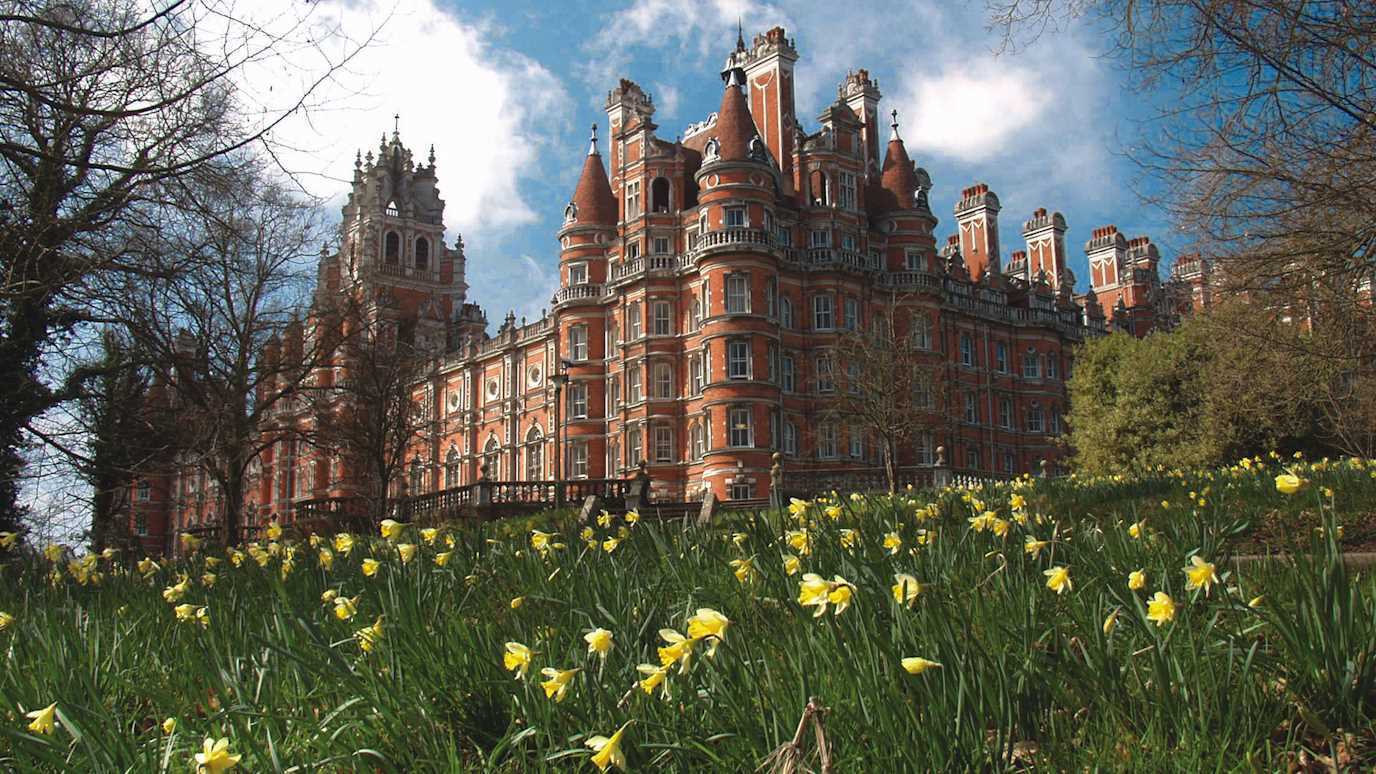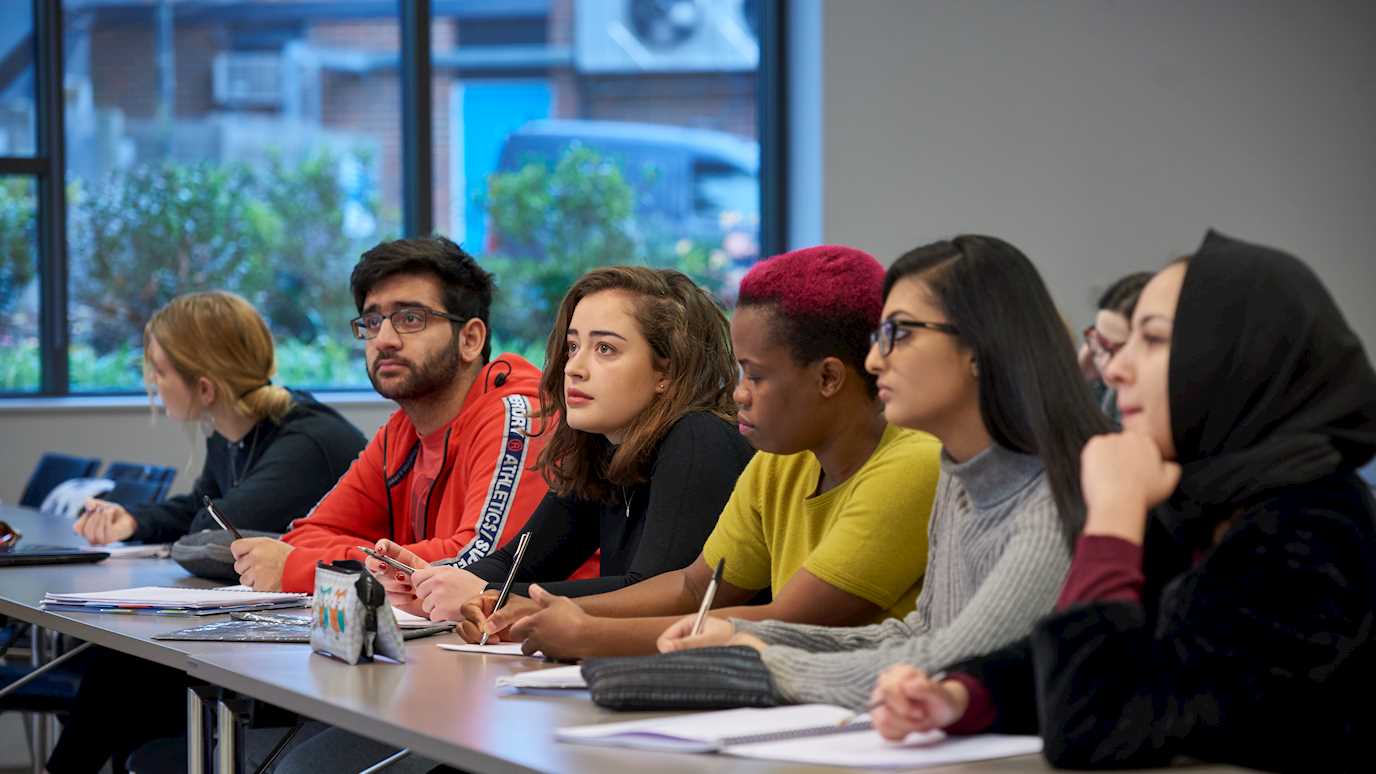Scientists from Royal Holloway, University of London have found that babies as young as five months are sensitive to their own heartbeats, and their research could pave the way to better understanding disorders such as anxiety, depression and autism.
Research published today in eLifeexplains how researchers created a novel new experiment to test how aware babies are of their bodies’ internal signals. The ability to consciously sense signals from your body is called interoception, and some people are more aware of these signals than others. These differences between people can influence a wide range of psychological processes, including how strongly you feel emotions, your decision-making, and mental health.

Listening to your heart
“Understanding when we start to be aware of internal signals and how this ability differs among people is really important,” said Professor Manos Tsakiris from the Department of Psychology at Royal Holloway. “Despite the fact we know that this type of awareness plays a crucial role in cognition in adulthood, we know practically nothing about how its early developmental origins. How and when does this ability develop? And how does this influence who we are as adults?”
By creating a new test called iBEATS, the researchers could measure this ability for the first time, and found that babies as young as five months old are able to sense their own heartbeats.
"If you get butterflies before a speech, or feel your heart thumping in your chest when you’re scared, you’re using a skill called interoception.” explains Dr Lara Maister, also at Royal Holloway and the Warburg Institute, at the School of Advanced Study. “We created a new experiment to see if young children were using interoception so we could see when these skills develop.”
A new test leads to new knowledge
Historically, understanding how babies process internal signals has been difficult; until now, there has been no way to measure interoception in infants. The researchers measured whether infants can discriminate between an animated character moving in synchrony or out of synchrony with their own heartbeat. Infants preferred to watch the character that was moving out of synchrony, suggesting that even at this early age, infants are sensitive to their own interoceptive signals.
The test also showed that some babies were more sensitive than others. The researchers measured brain activity and infants who had shown a strong preference in the iBEATS task also showed a larger brain signal known as the Heart-Evoked Potential (or HEP) that reflects how our brains process signals from the heart. This special interoceptive brain signal got stronger when babies saw people making negative facial expressions like fear and anger. This suggests that the way babies experience emotions might be closely linked to their bodies’ responses.
It is now possible that by using this test and following babies as they get older will allow researchers to track how awareness to internal bodily signals changes as we age to support self-awareness, emotional and cognitive development, and how these processes impact on mental health as we grow up.
Find out more about the Department of Psychology and catch up on the latest research news.


























